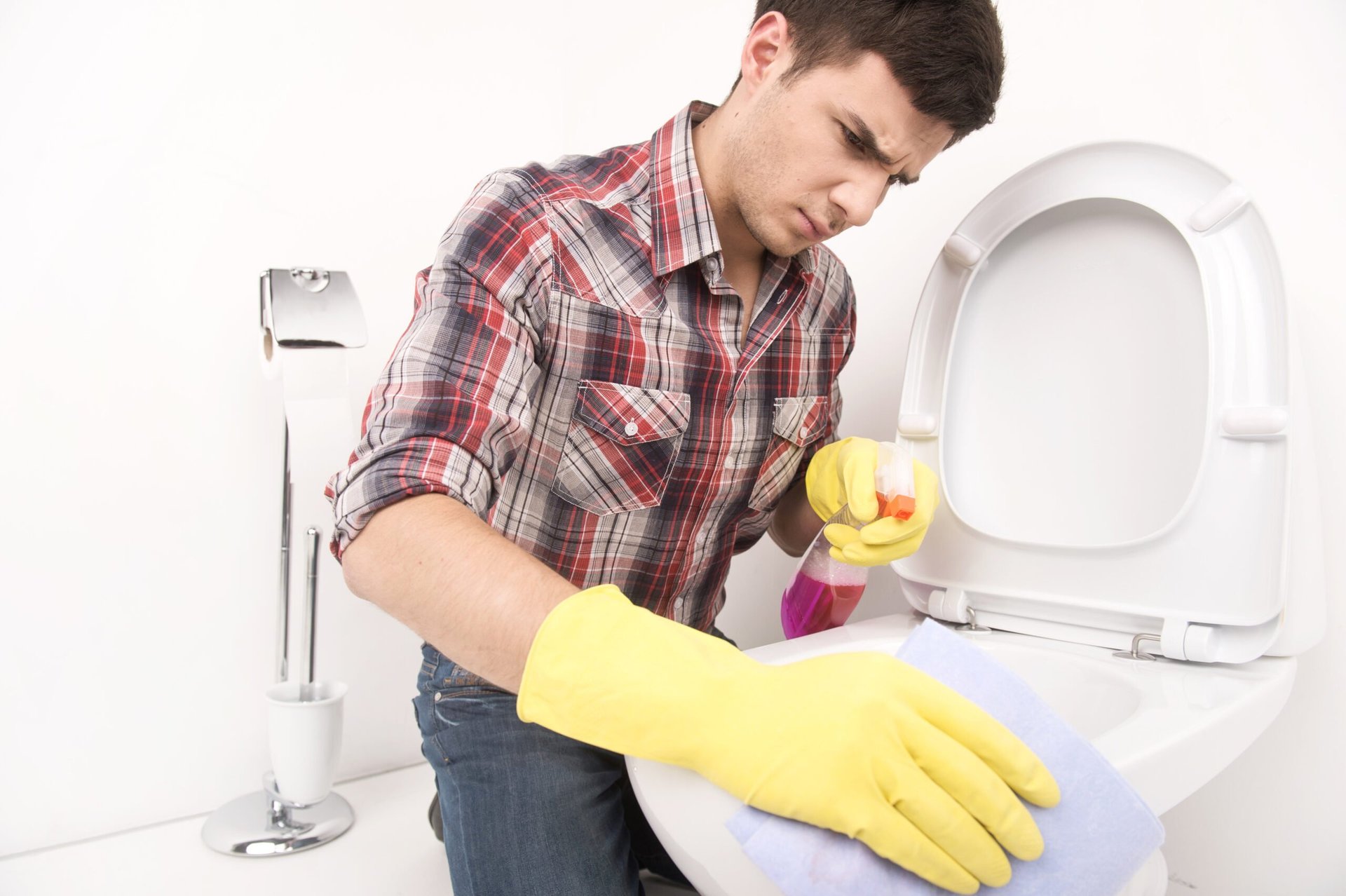
Scientists have known for a while now that flushing a toilet sends microscopic germs airborne, spewing them onto surfaces as far as 5 feet away.
Past studies have also found that closing the toilet lid before flushing helps reduce the spread of disease-spreading bacteria. But no one has known whether the same is true of viruses — until now.
As it turns out, closing the toilet lid before flushing doesn’t stop the airborne dissemination of disease-spreading viral particles, which tend to be much smaller than their bacterial counterparts.
A recent study by scientists at the University of Arizona and research firm Reckitt Benckiser found that viral particles are spread when a toilet is flushed — regardless of whether the lid is open or closed.
While the act of closing the lid may not stop the spread of viruses, there’s still a way to minimize the amount of viral particles released into the air.
In a separate analysis of the effectiveness of cleaning a toilet with a disinfectant, the same researchers found that the following are effective methods for decreasing the spread of viral germs:
- Adding disinfectant to the toilet bowl before flushing
- Using disinfectant dispensers in the toilet tank
- Cleaning the toilet with a disinfectant and brush (which decreased the number of viral particles in the toilet by more than 99.99% and particles on the brush by 97.64%)
Cleaning with a brush alone left behind “substantial contamination.”
The scientists also concluded that when a member of a household is sick, particularly with a virus that causes stomach or intestinal symptoms, consistently adding disinfectant before flushing can help reduce the spread of disease to other household members.
For their study, researchers planted viral particles in toilet bowls, flushed and collected samples from the toilet bowl water as well as from the toilet, floor and walls.
Although they found no statistical difference between the presence of viral particles when the toilet lid was open or closed upon flushing, researchers did find the way that these germs are dispersed was altered. The floor in front of and to the left of the toilet was more contaminated after flushing with a closed lid than with an open lid, and the floor to the right side of the toilet was less contaminated.
The study findings were published in the American Journal of Infection Control, a medical journal of the Association for Professionals in Infection Control and Epidemiology.





Add a Comment
Our Policy: We welcome relevant and respectful comments in order to foster healthy and informative discussions. All other comments may be removed. Comments with links are automatically held for moderation.